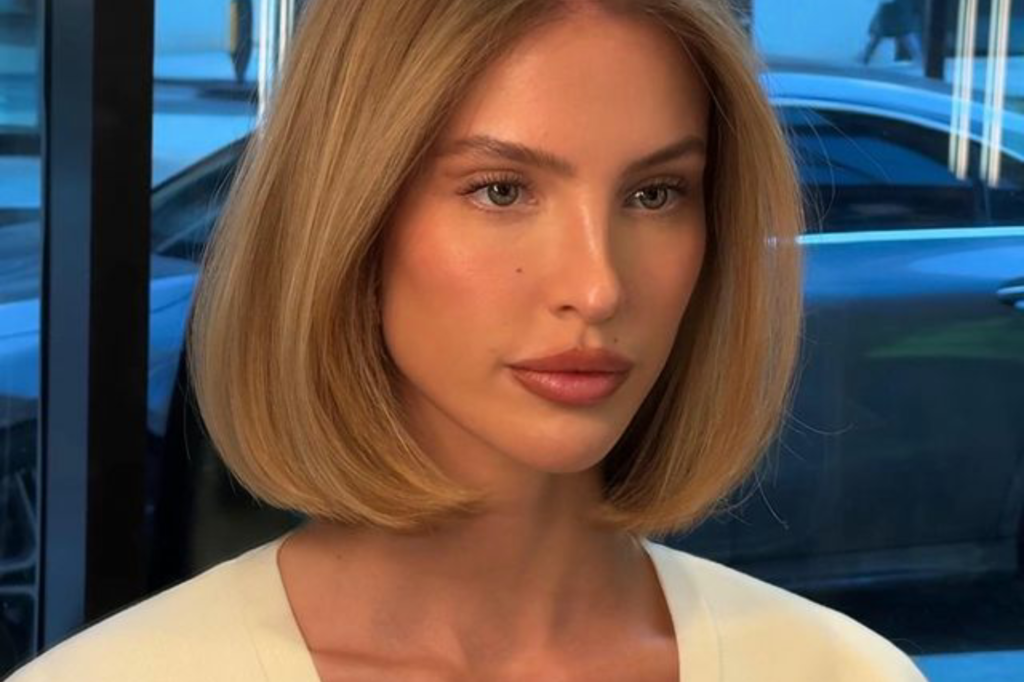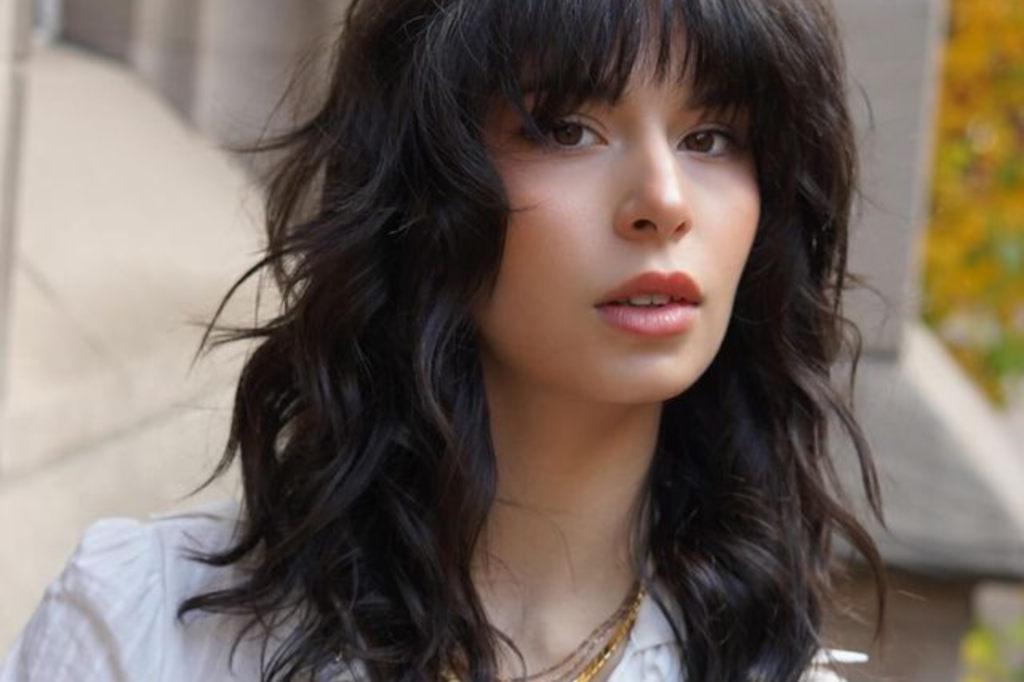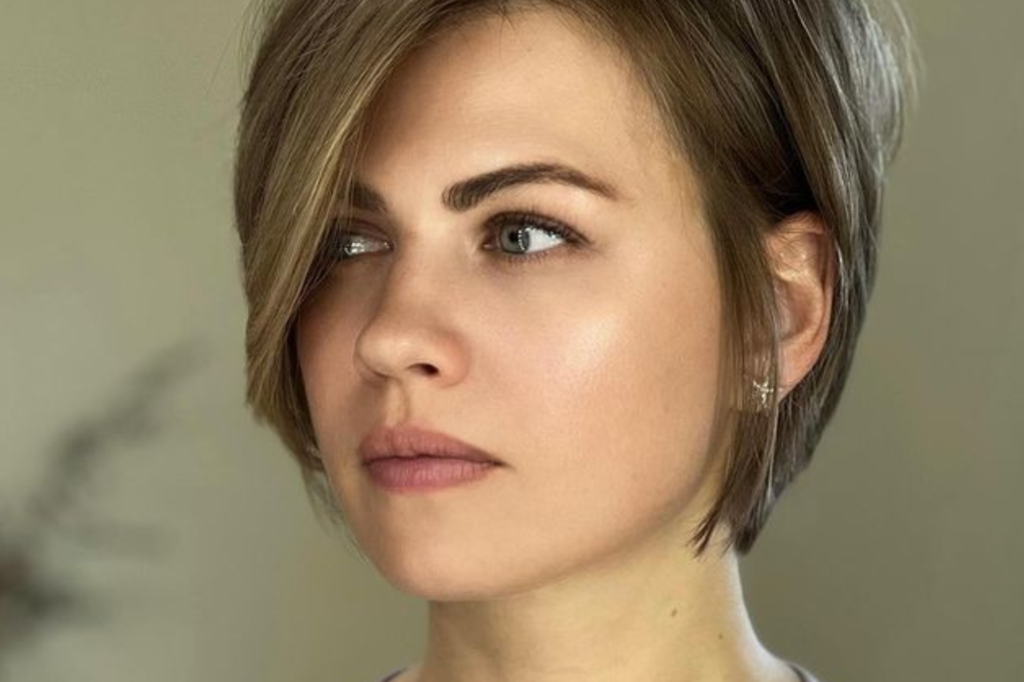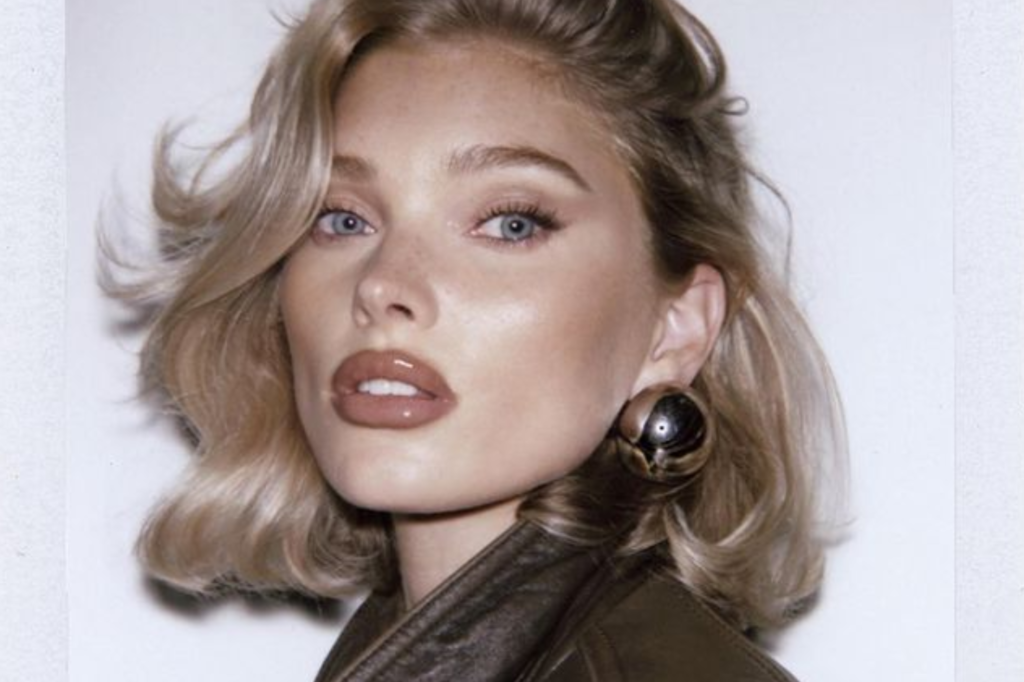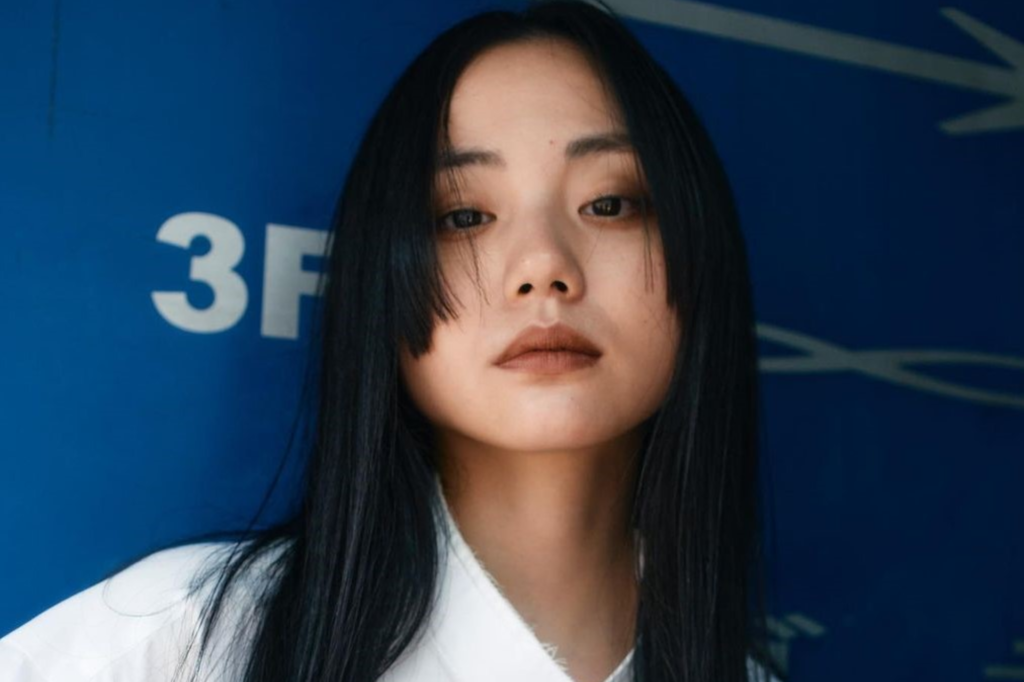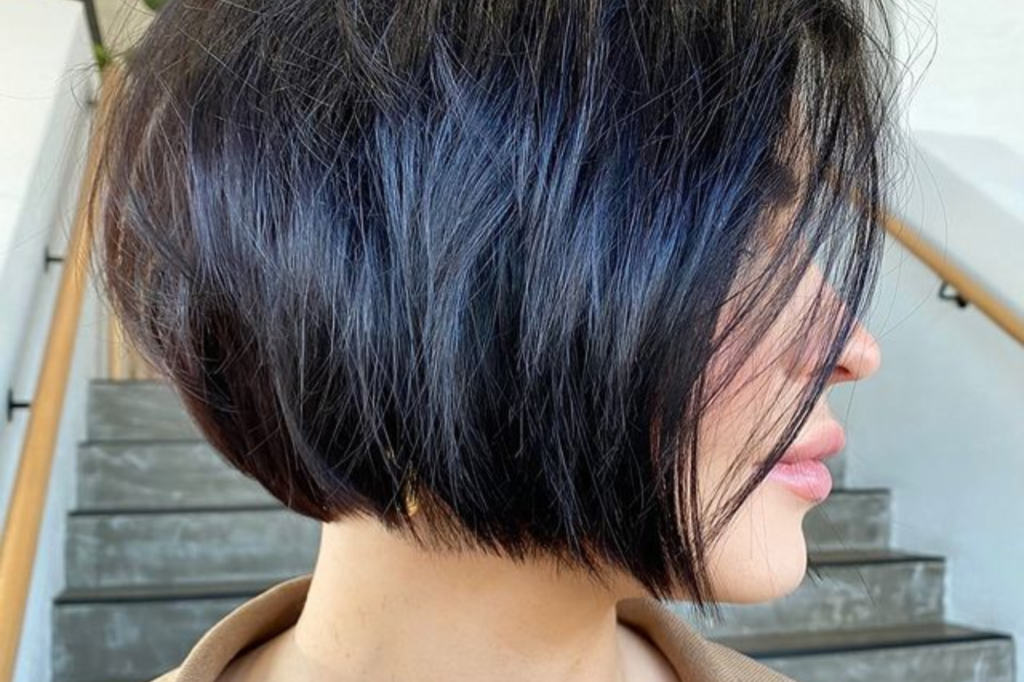So, you’ve heard about the Hime cut hairstyle, right? Maybe you’re considering it, but before you dive in, there are some things you need to know.
This hairstyle has gained popularity recently, but it’s not all sunshine and rainbows.
In fact, there are some serious reasons why you might want to think twice before getting a Hime cut.
What is a Hime Cut?
First things first, let’s break down what exactly a classic Hime cut is.
Essentially, it’s a Japanese hairstyle characterized by its blunt bangs and long, straight locks. Think of it as a mix between traditional Japanese aesthetics and modern edginess.
Sounds cool, right?
Well, hold onto your hairpins, because there’s more to it than meets the eye.
LEARN MORE: 11 Stunning Hime Cut Variations to Take Your Look to the Next Level
The Maintenance Nightmare
Sure, the classic Hime cut looks sleek and stylish when it’s freshly done.
But what about the upkeep? That’s where things start to get tricky.
Maintaining a Hime cut requires regular trims to keep those bangs sharp and those ends crisp, which means frequent trips to the salon or mastering the art of DIY haircuts.
And let’s not forget about styling. From blow-drying to flat ironing, achieving the desired straightness and smoothness demands time and patience, not to mention a whole arsenal of hair products.
With the classic Hime cut, there’s no such thing as a wash-and-go hairstyle. Every day becomes a commitment to styling, which can quickly turn into a burden for those accustomed to low-maintenance routines
Say goodbye to your lazy hair days, because with a classic Hime cut, every day is a styling day.
The Risk of Regret
Let’s face it, trends come and go.
What’s hot today might be old news tomorrow. And the Hime cut is no exception. While it might be all the rage right now, who’s to say it’ll still be in vogue next year?
Getting a Hime cut is a commitment, and not just in terms of maintenance. It’s a commitment to a specific look, one that might not stand the test of time.
Reverting to a different hairstyle may not be as simple as growing out your locks, as the process can be lengthy and awkward, resulting in a period of dissatisfaction with your appearance.
Before jumping on the Hime cut bandwagon, carefully evaluate whether it aligns with your long-term style preferences and lifestyle, minimizing the risk of future regrets.
Are you willing to take that risk?
The Compatibility Conundrum
Another thing to consider is whether the Hime cut is right for you.
Sure, it might look great on your favorite Instagram influencer, but will it flatter your face shape and hair type?
Not everyone can pull off this bold hairstyle, and trying to force it might end in disaster. Before you take the plunge, it’s worth consulting with a professional stylist to see if the classic Hime cut is a good fit for you.
Additionally, consider the practical implications of maintenance and styling in relation to your lifestyle and daily routine. A hairstyle that requires extensive upkeep may not be feasible for individuals with hectic schedules or limited styling proficiency.
By evaluating compatibility comprehensively, you can make an informed decision regarding the suitability of the classic Hime cut for your individual circumstances, minimizing the likelihood of dissatisfaction or disappointment.
The Effect of the Classic Hime Cut on Face Shape:
Delving deeper into the impact of the classic Hime cut on face shape reveals a nuanced interplay between hairstyle and facial features.
While the Hime cut may be flattering for some face shapes, its suitability varies depending on individual proportions and contours. When deciding if the Hime cut is right for you, it’s important to understand how it will affect the different parts of your face.
Let’s break it down in simple terms:
1. Forehead
The Hime cut comes with straight bangs that cut across your forehead.
This can make a large forehead look smaller. If you have a small forehead, these bangs might make it look even smaller, which could make your face look unbalanced.
2. Cheekbones
The straight lines of the Hime cut draw attention to your cheekbones. If you have high cheekbones, this can make them look even more defined and sculpted.
But if you have rounder cheeks, the Hime cut might make them look fuller, giving you a more baby-faced look.
3. Jawline
The sharp, straight ends of the Hime cut can highlight your jawline. If your jawline is already strong and angular, this cut can make it look even more pronounced.
On the other hand, if you have a softer, rounder jawline, the contrast with the sharp ends might make your face look a bit off balance.
4. Chin
Depending on how long the sides of your Hime cut are, it can make your chin look different. Longer sides can make your chin look more elongated and prominent, while shorter sides might make it seem less noticeable.
5. Overall Face Proportions
The Hime cut can either bring harmony to your face or throw it off balance, depending on your features. It’s important to think about how the straight bangs and sharp lines will interact with your natural face shape.
Different face shapes (like oval, round, square, heart, and diamond) will look different with this cut.
Considerations for Different Face Shapes
1. Oval Face
Oval faces are usually well-balanced and can pull off many hairstyles, including the Hime cut.
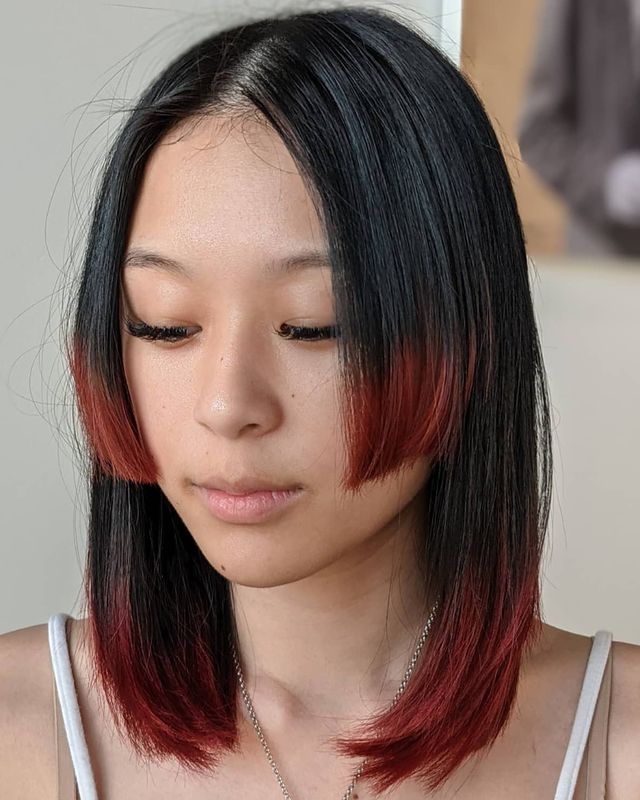
The straight bangs and sharp lines can highlight your natural symmetry, making you look polished and put-together.
Why the Hime Cut Works:
- Balanced Features: The oval shape can handle the blunt bangs and straight lines of the Hime cut without overwhelming the face.
- Highlighting Symmetry: The straight bangs and sharp edges can accentuate the natural symmetry of an oval face, making you look even more polished and chic.
Tips:
- If you have an oval face, almost any variation of the Hime cut will suit you. Feel free to experiment with different lengths and layers.
2. Round Face
A round face has equal width and height, with softer, more curved lines and less defined angles.

If you have a round face, the straight lines of the classic Hime cut can help make your face look longer and less round.
However, you need to be careful with the length and placement of the cut to avoid making your face look even rounder.
Why the Hime Cut Works:
- Elongation: The straight, vertical lines of the classic Hime cut can make a round face appear longer and more oval, adding a bit of definition.
- Face-Framing Layers: Layers that fall just below the chin can create a slimming effect, helping to reduce the overall roundness.
Tips:
- Avoid overly blunt cuts or bangs that hit right at the widest part of your face, as these can make your face look even rounder. Opt for longer layers to add length and create the illusion of a more oval shape.
3. Square Face
A square face has a strong jawline, with the forehead, cheekbones, and jaw all being about the same width.

Square faces have strong, angular features.
The classic Hime cut’s layers can soften these strong lines, adding a bit of balance and dimension to your face.
Why the Hime Cut Works:
- Softening Angles: The classic Hime cut can soften the strong lines of a square face, especially if you choose a version with more layers or wispy ends.
- Adding Dimension: The cut can add layers and movement, which helps to break up the boxiness and adds a touch of femininity.
Tips:
- Go for softer, layered bangs instead of very blunt ones to avoid making the forehead look too wide. Layers around the jawline can help soften its strong appearance.
4. Heart Face
A heart-shaped face is characterized by a wider forehead and a narrower, more pointed chin.
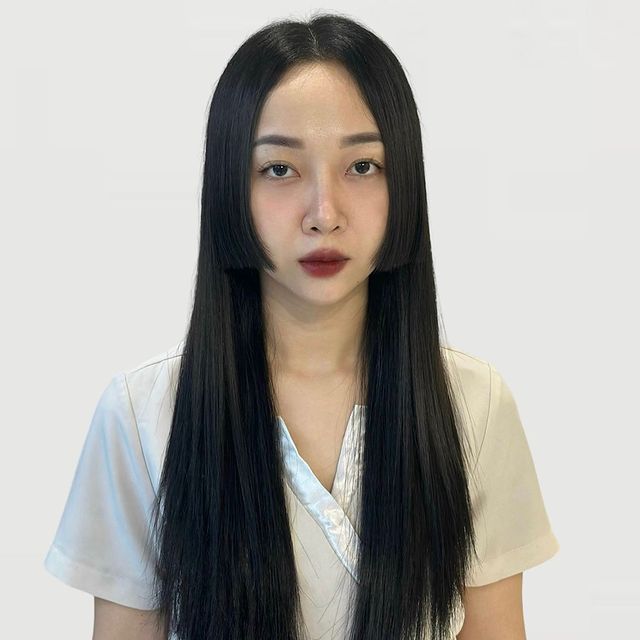
Why the Hime Cut Works:
- Balancing Proportions: The straight bangs of the classic Hime cut can help reduce the width of the forehead, while the layers around the chin can add volume, balancing out the narrow lower part of the face.
- Drawing Attention: The layers can draw attention to the eyes and cheekbones, diverting it from the pointed chin.
Tips:
- Avoid heavy, blunt bangs that can make the forehead look even wider. Instead, opt for softer, side-swept bangs. Layered ends that hit around the chin or below can help add fullness to the lower part of the face.
5. Diamond Face
A diamond-shaped face has high, prominent cheekbones with a narrower forehead and jawline.

Why the Hime Cut Works:
- Enhancing Cheekbones: The classic Hime cut’s straight lines can highlight your high cheekbones, making them the focal point.
- Adding Softness: Layers and wispy ends can soften the narrow forehead and chin, adding a bit of balance to the face.
Tips:
- Choose a Hime cut with layers that fall around the cheekbones and chin to enhance and balance these areas. Avoid very short or blunt bangs that can make the forehead look narrower.
RELATED:
- 11 Stunning Hime Cut Variations to Take Your Look to the Next Level
- Here’s What To Show Your Stylist If You Want a Korean Hime Cut Look
The classic Hime cut can change how different parts of your face look by highlighting or balancing your features.
The traditional Hime cut has sharp, straight lines that can either enhance or exaggerate your natural features.
Before deciding on this hairstyle, think about how it will interact with your unique face shape and features to ensure it’s the right fit for you.
Consult with a professional stylist to get personalized advice and to make sure you choose the variation that best complements your face shape and personal style.
Looking for the latest and greatest in hair inspiration? Don’t miss out! Connect with Latest Hair Inspo on Pinterest!

